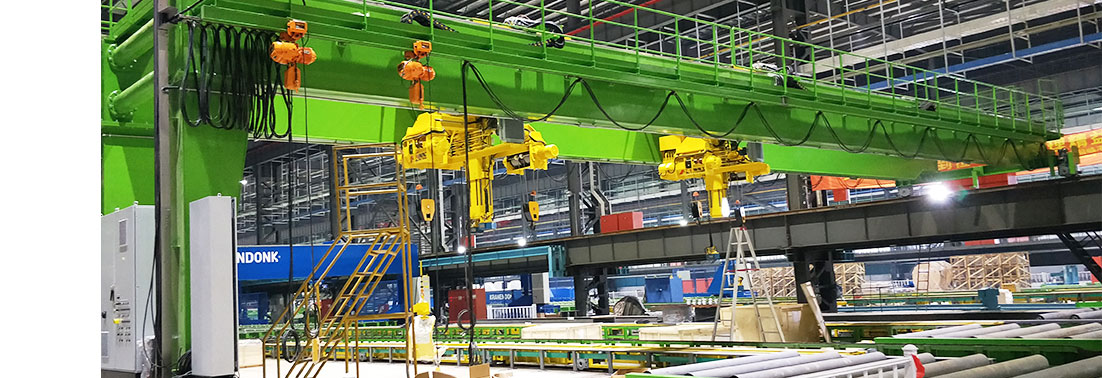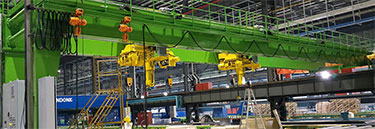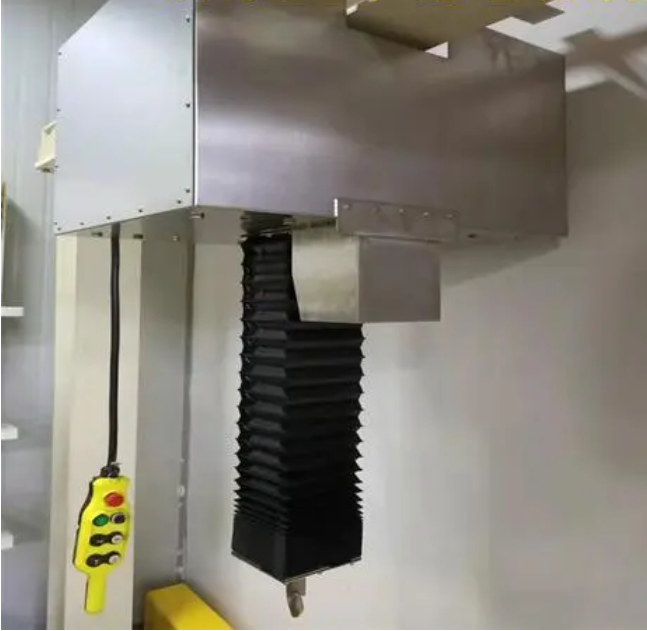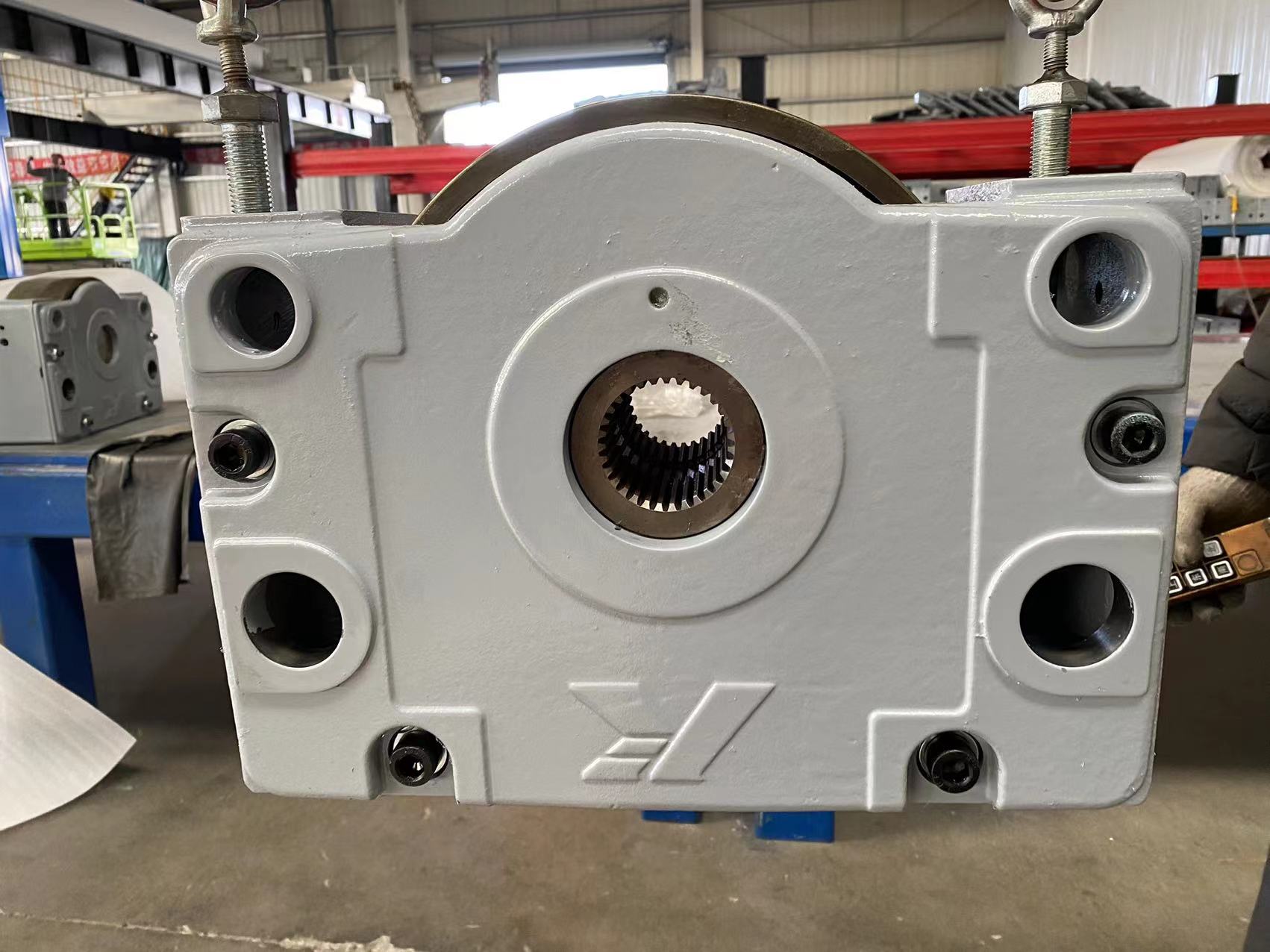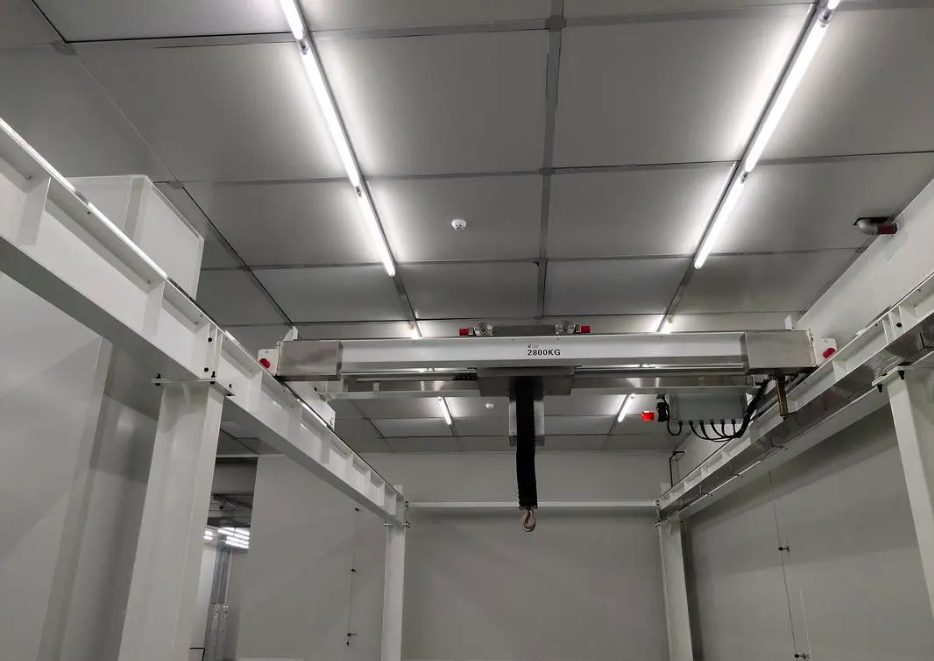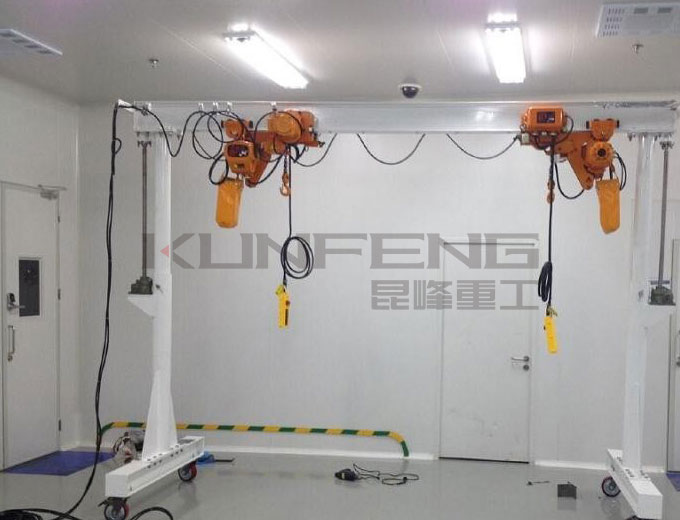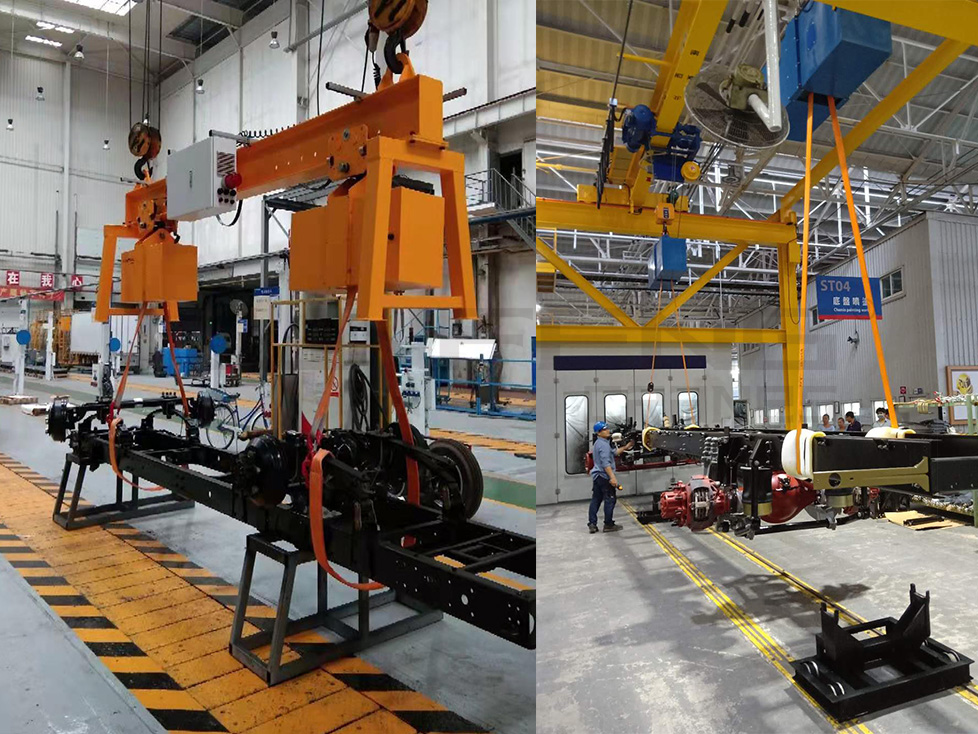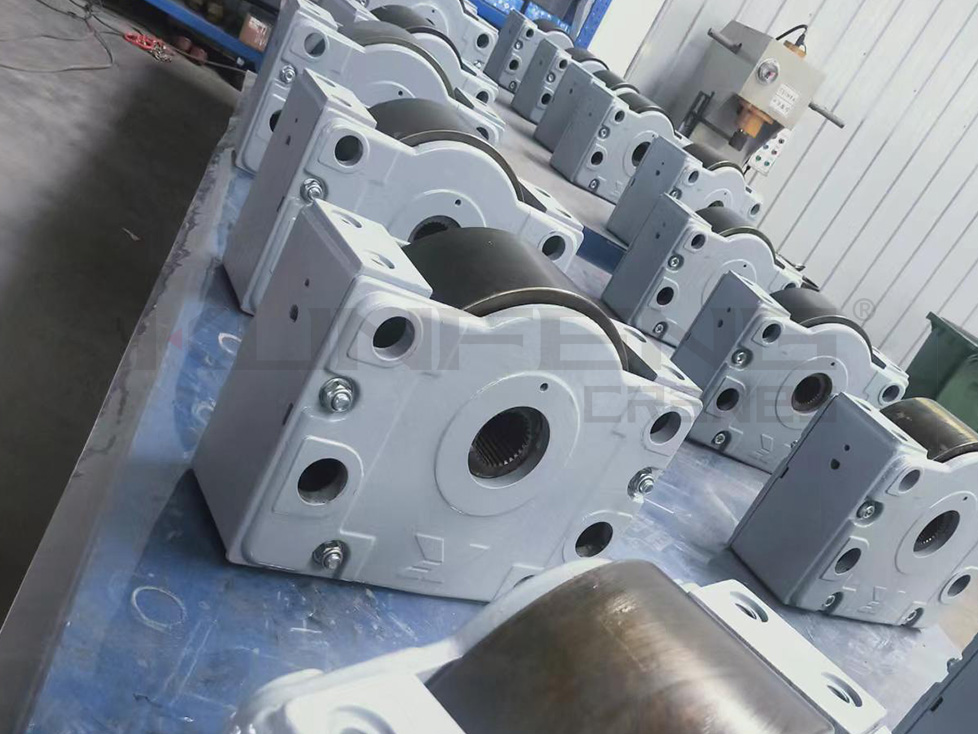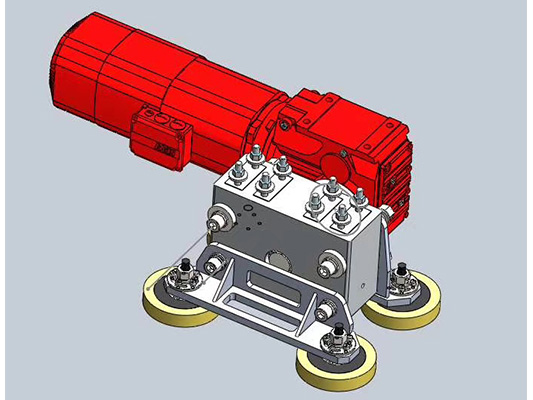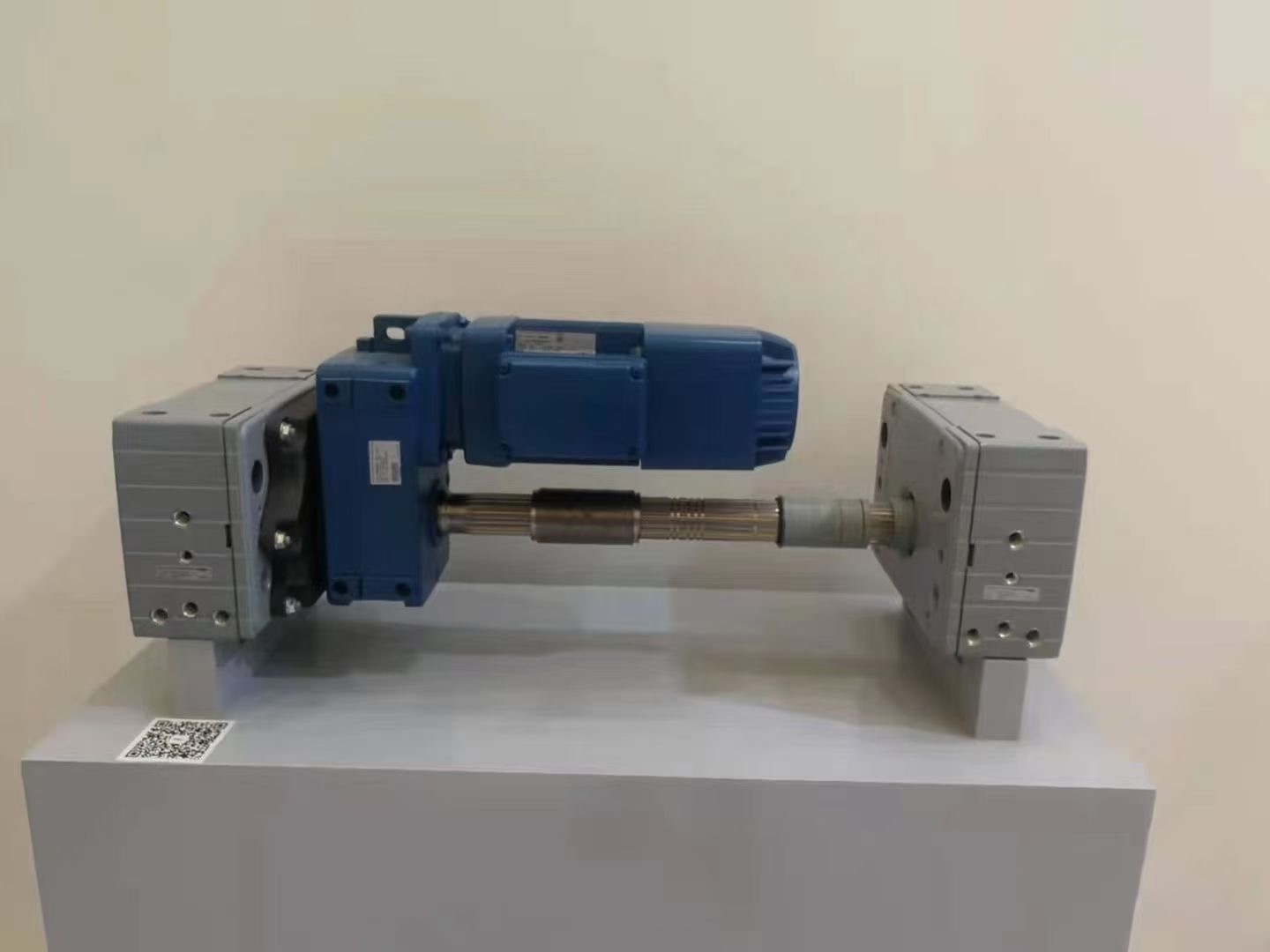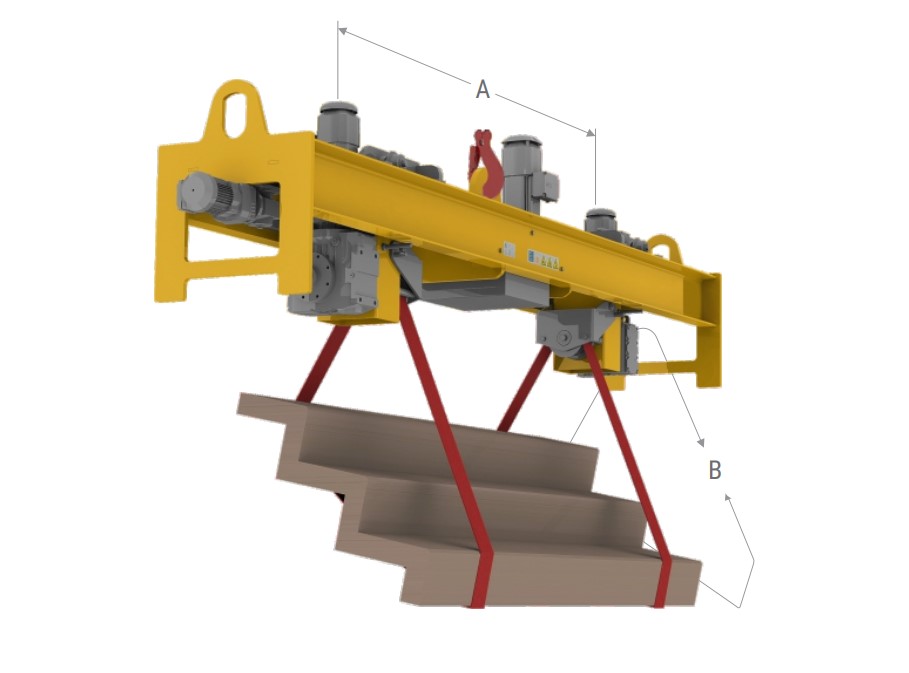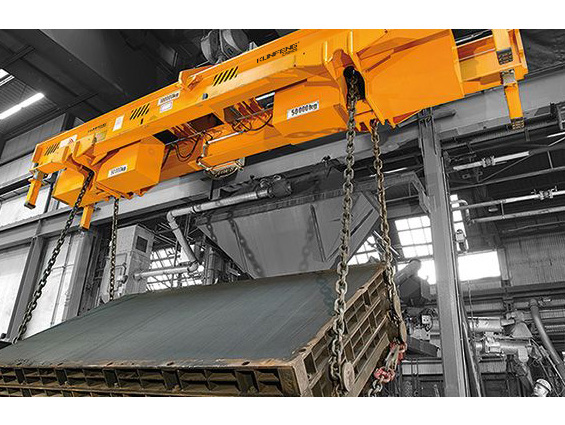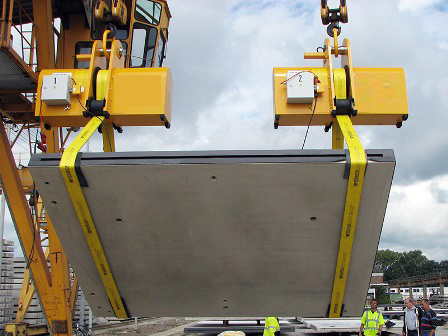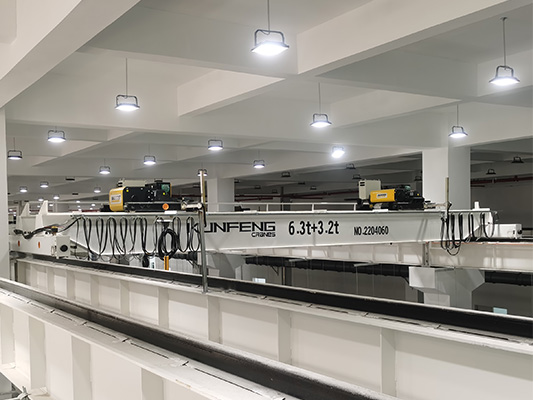
| Two Hoists Crane Tandem Lifting - Danger & Solution
What is Tandem Lifting
Tandem lifting is a technique commonly used in various industries for specific purposes. In the case of overhead cranes, tandem lifting involves lifting a load using two devices simultaneously, which can be two hoists/lifts or two overhead cranes. The key aspect of tandem lifting is that both devices should lift the load at the same time. It is essential to note that certain risks are associated with this relatively standard concept. To begin, we need to understand the reasons why tandem lifting is used.
Why Tandem Lifting is Used?
There are two major reasons why tandem lifting is preferred.
Firstly, the lifted object is too heavy for a single crane. By utilizing two overhead cranes, the weight is distributed evenly and safely.
Secondly, if the part is too long or too wide to be lifted by a single lifting device. The load may swing and become unbalanced, making it almost impossible to handle. In such cases, using two pieces of equipment provides two anchor points on the part, which stabilizes the load and makes it easier to handle.

Tandem lifting with two hoists
Advantages of Tandem Lifting:
Usually, tandem lifting refers comes with two main work: tandem using two overhead cranes and tandem with two hoists.
▪ Increased lifting capacity: Tandem lifting allows for the combined lifting capacity of two overhead cranes, enabling the handling of heavier loads that a single crane may not be able to lift alone.
▪ Improved stability: By using two cranes and two hoists, the load can be evenly distributed, ensuring better stability during the lifting operation. This reduces the risk of load shifting or tipping, enhancing safety.
▪ Time and cost efficiency: With tandem lifting, larger loads can be lifted in a shorter time frame compared to using a single crane. This increases productivity and reduces project timelines, ultimately saving time and costs.
Unexpected Risks
Three unexpected and unrecognized dangers are as followed.
▪ Capacity overload
Asymmetric objects can overload one side of the hoist, exceeding its nominal capacity. When using two hoists, ensure that they lift the load simultaneously. For example, if a ten-ton part is being lifted using two five-ton wire rope hoists, both hoists must be synchronized. If one of the hoists ends up bearing a load of eight tons, even for a brief moment, it will experience a shock at 160% of its nominal capacity, causing damage or an accident.
▪ Desynchronized translational motion
It is crucial to ensure that two pieces of equipment are moving horizontally simultaneously to avoid any significant risks of an incident. If they are not, the devices can involuntarily move closer or further away from each other, causing at least one of the hoists to end up at an angle. This can destabilize the part or the lifting attachments, which could lead to a sling breaking or slipping, and ultimately causing an accident such as dropping the load.
▪ Safety devices may cause danger
Some safety systems such limit switches and anti-collision devices that pose a potential risk to safety. How does this happen, you may ask? When limit switches are activated, they automatically put a device in first gear or stop it completely. This means that if one piece of equipment reaches its limit, it will slow down or stop while the other piece of equipment continues moving unaffected. These can lead to the desynchronization of the translational motion and increase the risk of accidents.
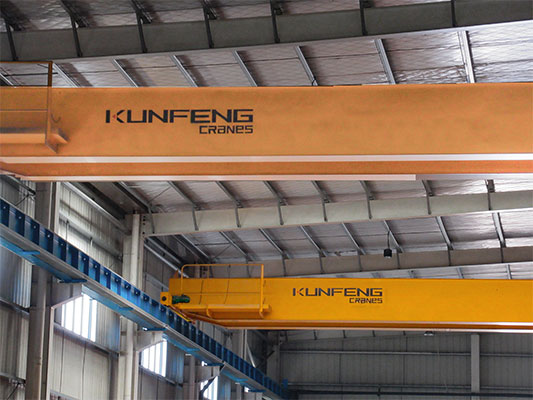
Tandem using two overhead cranes
How to avoid the dangers in tandem lifting?
Now that the dangers have been identified, it is time to examine how to avoid these hazards. Here are three options to help you.
Option 1:
One effective way to ensure safety while using tandem lifting devices is by utilizing remote controls in master/slave mode. This mode enables the master transmitter to control all the hoists simultaneously, while deactivating the other transmitters (also known as slaves). As a result, the hoists are synchronized and move in tandem, enhancing their safety and reliability.
Option 2:
Install technologies that are suitable for tandem lifting.
For instance, a shared switch limit system can be used to send a signal to the second equipment when the first one reaches its limit. This system will help both lifting devices to shift to low speed or stop in a synchronized manner. If not, an automatic security device bypass system can be installed to ensure safety during tandem lifting.
Option 3:
Consider another option - load display.
Using this feature, you can view the accurate weight lifted by each device which helps in detecting any overloading. These attachments are primarily designed to provide information on the actual weight, but they also help in making operators more aware of the load they are handling.
In general, a lifting plan should be implemented and closely followed in each situation, let’s work in tandem together! Contact us to explore the possibilities we offer! Our experts will be happy to guide you to a safe use of your lifting equipment.

